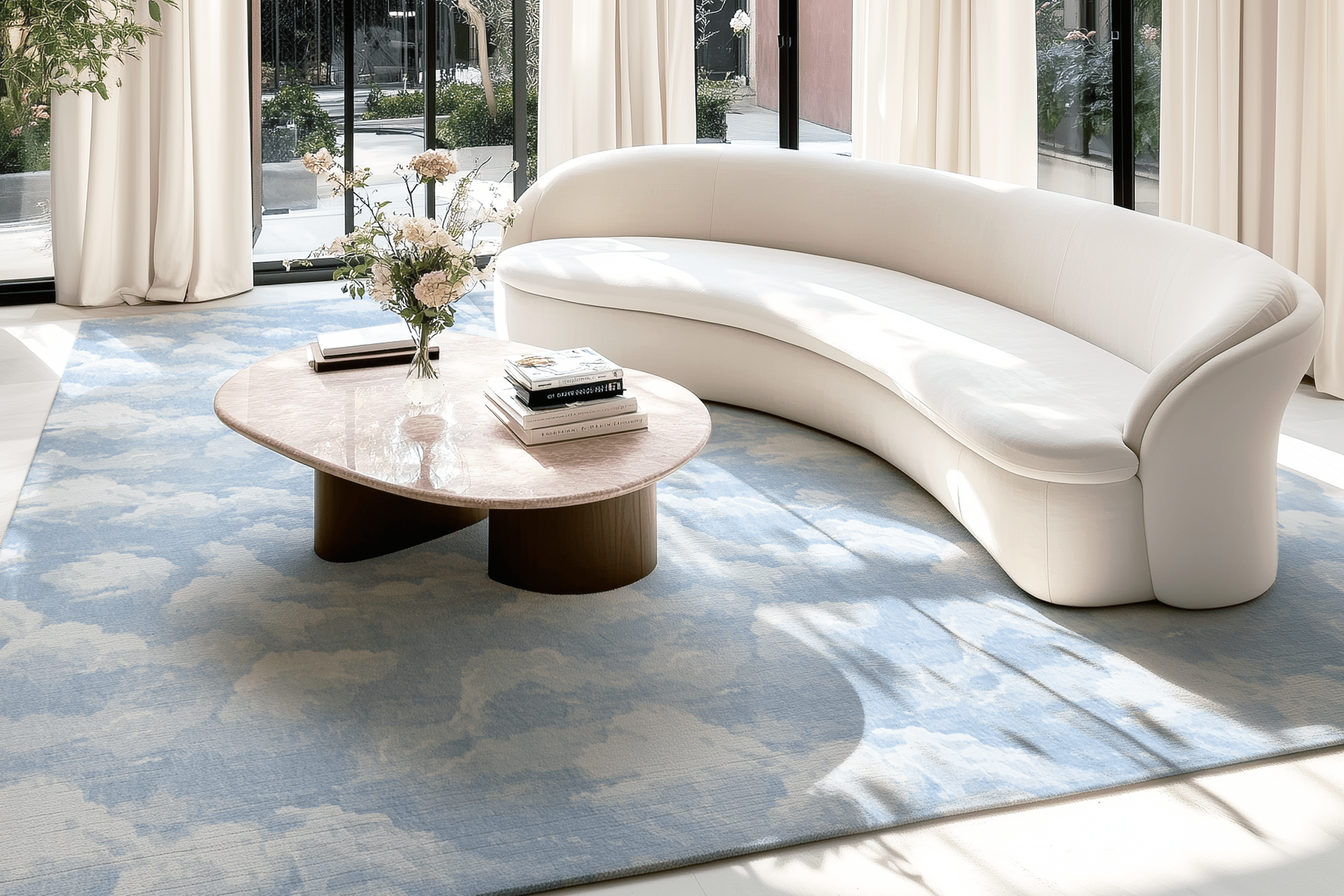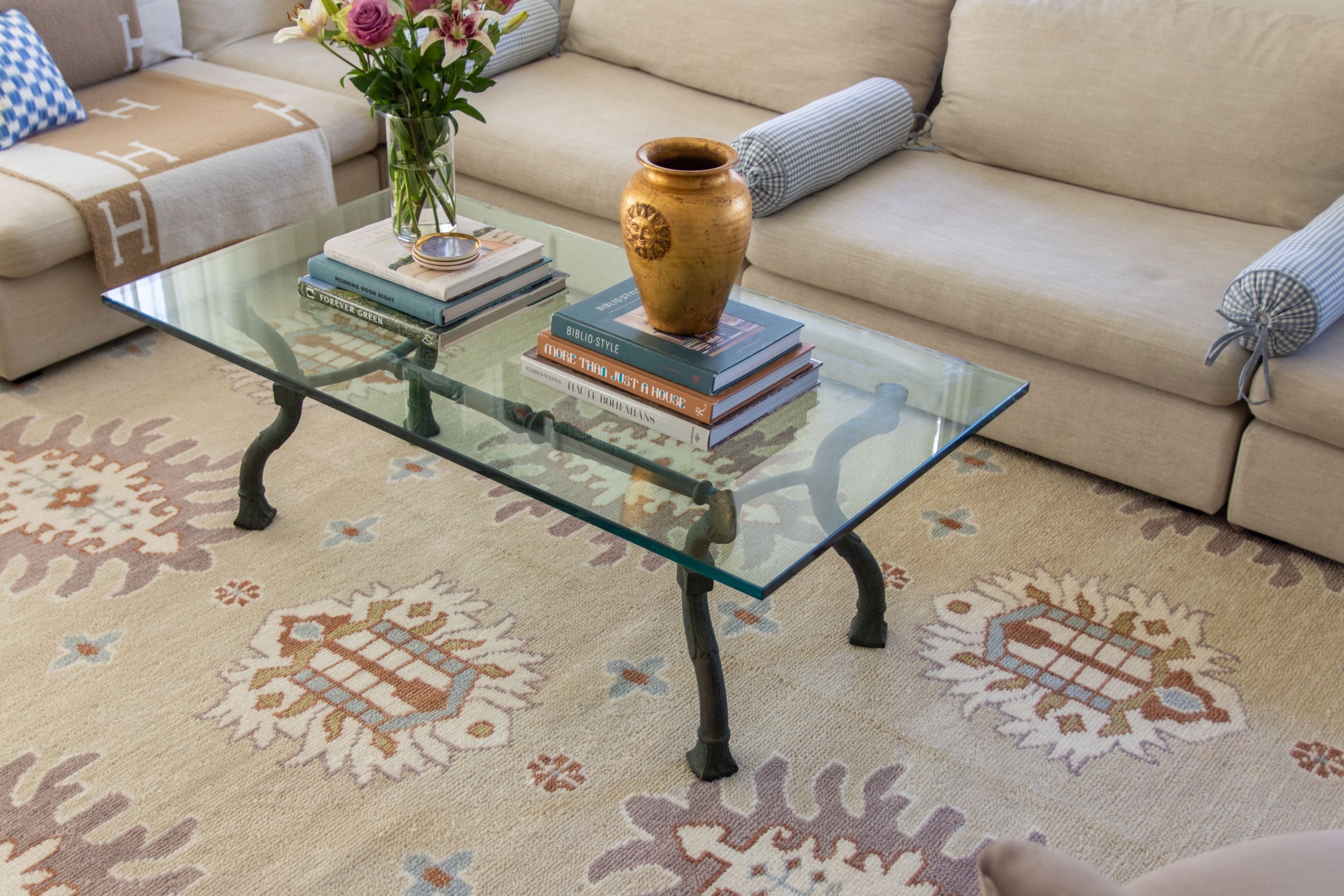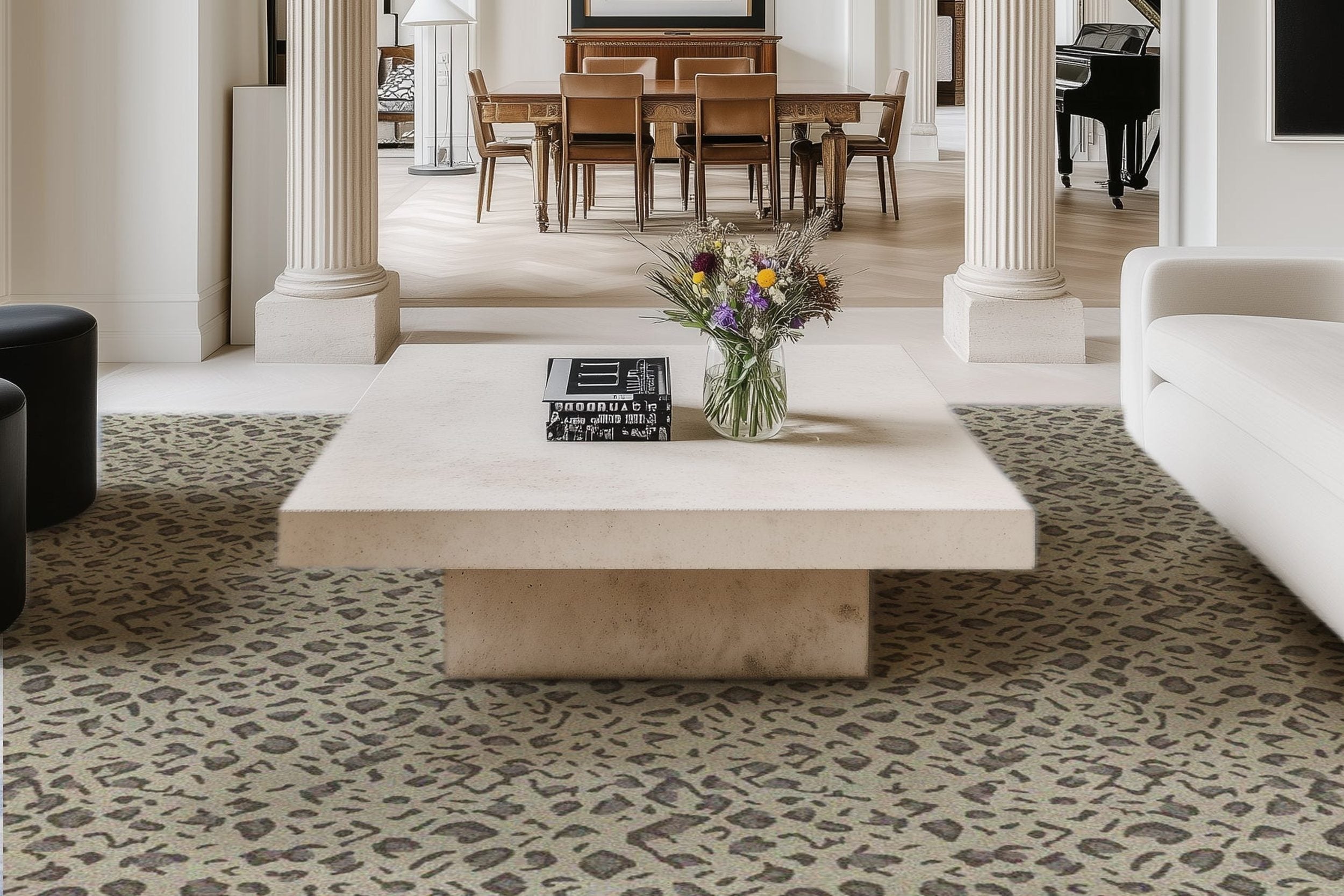How to Tile a Shower Niche: 7 Expert-Backed Tips

A shower niche transforms an ordinary bathroom into a functional masterpiece, providing convenient storage while eliminating the need for hanging caddies or corner shelves that collect soap scum. Yet despite its apparent simplicity, tiling a shower niche properly requires precision, patience, and adherence to waterproofing principles that many DIY enthusiasts overlook.
So, here are expert-backed strategies to ensure your niche not only looks stunning but performs flawlessly for decades to come.
1. Planning Your Layout and Dimensions
Professional contractors emphasize that the most common mistake homeowners make involves failing to consider tile layout during the design phase. Your niche dimensions should work harmoniously with your chosen tile size to minimize cuts and create clean, symmetrical lines.
The ideal niche width typically ranges from 12 to 16 inches, while height should accommodate your tallest bottles with several inches of clearance. However, these measurements must be adjusted based on your tile dimensions and grout lines. A 4-inch tile with 1/8-inch grout lines requires different calculations than a 12-inch tile with minimal grout spacing. Experienced tilers recommend creating a detailed layout drawing that shows exactly how tiles will align with the niche opening, ensuring that cut tiles appear intentional rather than awkward.
Depth considerations prove equally crucial, with most professionals recommending a minimum of 3.5 inches to accommodate standard shampoo bottles while maintaining structural integrity. The niche should align with wall studs when possible, but never compromise load-bearing elements without consulting a structural engineer.
For those seeking comprehensive guidance on execution techniques and material selection, numerous reputable online resources provide detailed tutorials and professional insights on how to properly tile for shower niche installations, ensuring both durability and aesthetic appeal.
2. Waterproofing: The Foundation of Success
Waterproofing represents the most critical aspect of niche installation, yet it's where many DIY projects fail catastrophically. Industry experts universally agree that cutting corners on waterproofing leads to expensive repairs that far exceed the cost of proper initial installation. The niche cavity creates a complex geometry that requires multiple waterproofing layers working in harmony.
Begin with a high-quality waterproof membrane that extends well beyond the niche opening into the surrounding wall area. This must be applied in overlapping layers, with particular attention paid to corners and transitions where water naturally accumulates. Professional installers often use liquid-applied membranes in conjunction with fabric reinforcement at critical stress points.
The key lies in creating a continuous waterproof envelope that treats the niche as an extension of your shower pan rather than a separate element. This means ensuring proper drainage by creating a slight slope toward the shower floor, typically achieved through careful mud work or specialized niche inserts. Any compromise in this waterproof barrier can result in water infiltration that damages framing, creates mold growth, and necessitates complete shower reconstruction.
3. Tile Selection and Pattern Considerations
Experienced contractors recommend selecting tiles with low water absorption rates and proper slip resistance, particularly for horizontal soap shelves where bottles will rest. Porcelain tiles do well in wet environments due to their denser composition and superior water resistance, though high-quality stone tile options can provide exceptional durability when properly sealed. Natural stone tiles like travertine require additional sealing but offer a unique texture, while a marble shelf can create an elegant focal point when properly maintained.
Pattern selection significantly impacts both visual appeal and maintenance requirements. Running the same wall tile pattern from your shower walls into the niche creates seamless integration, while contrasting patterns can highlight the niche as a design feature. However, complex patterns within small niche spaces often appear busy and can emphasize imperfect cuts.
Subway tiles, large format tiles, glass tile, ceramic picket tiles, and simple geometric patterns generally produce the most professional results. For added visual interest, consider a tile mosaic accent or striking blue tiles that complement your overall color scheme. Consider incorporating bullnose tiles for finished edges where the niche wall meets other surfaces to create clean, professional transitions.
Consider the practical implications of your tile choice as well. Highly textured surfaces may look appealing but prove difficult to clean, while very smooth surfaces can become slippery when wet. The best niche tiles strike a balance between visual interest and functional performance.
Also, one can explore online resources that provide valuable insights into effectively incorporating excellent options like ceramic tile for shower niche to achieve both functional performance and aesthetic appeal in their bathroom design.
4. Cutting Techniques for Professional Results
Precision cutting separates amateur installations from professional-quality work, particularly in the confined space of a shower niche where imperfections are immediately visible. A wet saw produces the cleanest cuts, but success depends on using sharp, appropriate blades and maintaining steady feeding pressure. For smaller adjustments, a quality tile cutter can handle straight cuts efficiently. Professionals recommend practicing cuts on spare tiles to perfect your technique before working on visible surfaces.
For curved cuts around fixtures or irregular shapes, manual tile nippers followed by careful grinding with diamond pads often produce superior results to attempting complex saw cuts. The key involves removing material gradually rather than trying to achieve final dimensions in a single cut. Most experienced tilers maintain a collection of diamond files and grinding tools specifically for fine-tuning cuts to achieve perfect fits.
Inside corners require particular attention, as even minor gaps become magnified in the close confines of a niche. Professional installers often prefer to undercut tiles slightly and rely on caulk or grout to fill small gaps rather than risk cracking tiles by forcing tight fits. For premium installations, mitered tile edges create seamless corner transitions that eliminate grout lines entirely, though this technique requires advanced cutting skills and specialized equipment.
5. Installation Sequence and Adhesive Selection
The order of tile installation can make or break your niche project, with experienced contractors following specific sequences that ensure proper alignment and avoid unnecessary complications. Most professionals begin with the back wall of the niche, establishing a reference point for all subsequent tiles. This approach allows you to work outward systematically while maintaining consistent grout lines.
Adhesive selection proves critical for vertical applications where tiles must resist gravity while curing. Modified thin-set mortars with polymer additives provide superior holding power and flexibility compared to basic cement-based adhesives. The adhesive must be appropriate for your substrate, tile type, and wet environment conditions.
Apply adhesive with the appropriately sized notched trowel, ensuring full coverage without excess that could interfere with proper tile seating. Also, work in manageable sections that can be completed before the adhesive begins to skin over, typically 15 to 20 minutes, depending on environmental conditions.
6. Grouting Strategies for Durability
Grouting a niche requires techniques that ensure long-term durability while maintaining a clean, professional appearance. Epoxy grouts offer superior stain and water resistance compared to cement-based alternatives, though they require more skill to install properly due to their rapid curing time and aggressive cleanup requirements.
Regardless of grout type, proper mixing ratios and consistent application techniques prove essential. Work diagonally across tile surfaces with a grout float to ensure complete joint filling, then clean excess material promptly with slightly damp sponges. Multiple light cleaning passes produce better results than aggressive single attempts that can disturb freshly applied grout.
Pay particular attention to corners and transitions where different planes meet. These areas often require careful tooling to create smooth, water-shedding profiles that prevent accumulation of soap residue and minimize maintenance requirements.
7. Finishing Touches and Long-Term Maintenance
Professional-quality niche installation concludes with careful attention to finishing details that ensure both immediate visual impact and long-term performance.
Consider incorporating Schluter trim for clean edge transitions and professional-grade waterproofing connections. Meanwhile, caulk selection and application at tile-to-tile transitions requires matching colors precisely while using products specifically formulated for wet environments. Silicone caulks generally outperform acrylic alternatives in shower applications due to their superior flexibility and mold resistance.
Sealing grout lines with appropriate penetrating sealers helps prevent staining and water infiltration, though this step must wait until grout has fully cured according to manufacturer's specifications. Apply sealers with precision to avoid creating unsightly residue on tile surfaces.
Most importantly, establishing a regular maintenance routine from the beginning prevents minor issues from becoming major problems. Weekly cleaning with appropriate pH-balanced cleaners, monthly inspection of caulk lines, and annual resealing of grout joints will preserve your investment for years to come.
Final Words
Remember that cutting corners on any aspect of niche construction, particularly waterproofing and substrate preparation, inevitably leads to problems that cost far more to remedy than doing the job correctly initially. Take time to plan thoroughly, invest in quality materials, and execute each step with patience and precision. Your reward will be a functional, beautiful shower feature that adds value to your home while providing years of trouble-free service.
Browse by Category

Design Projects
Explore interiors from client work and personal renovations — layered, livable, and always in progress.
read more →
Collaborations
From product launches to styled spaces, discover the brand stories I’ve helped bring to life.
read more →
The Notebook
A growing archive of iconic designers, inspiring artists, and unforgettable design moments.
read more →
Travel by Design
Wander with a designer’s eye — from charming hotels and city guides to visual inspiration abroad.
read more →




